Next Stop - Remove Mold! Get a Free Quote From a Mold Removal Specialist
866-973-3161
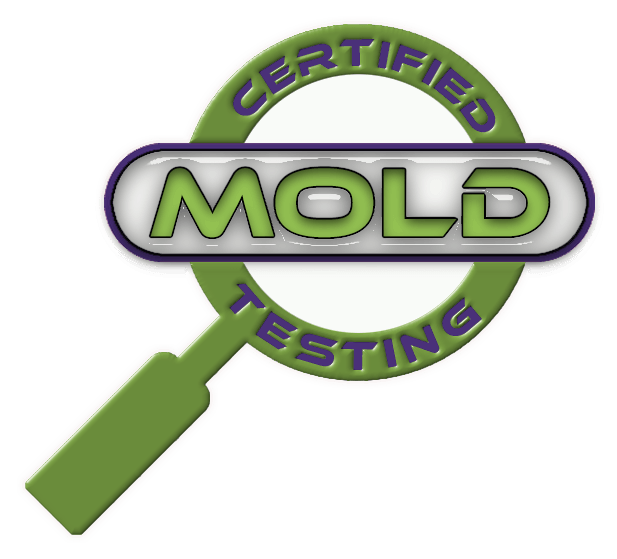
Mold Testing
Got Mold? We Provide Mold Testing
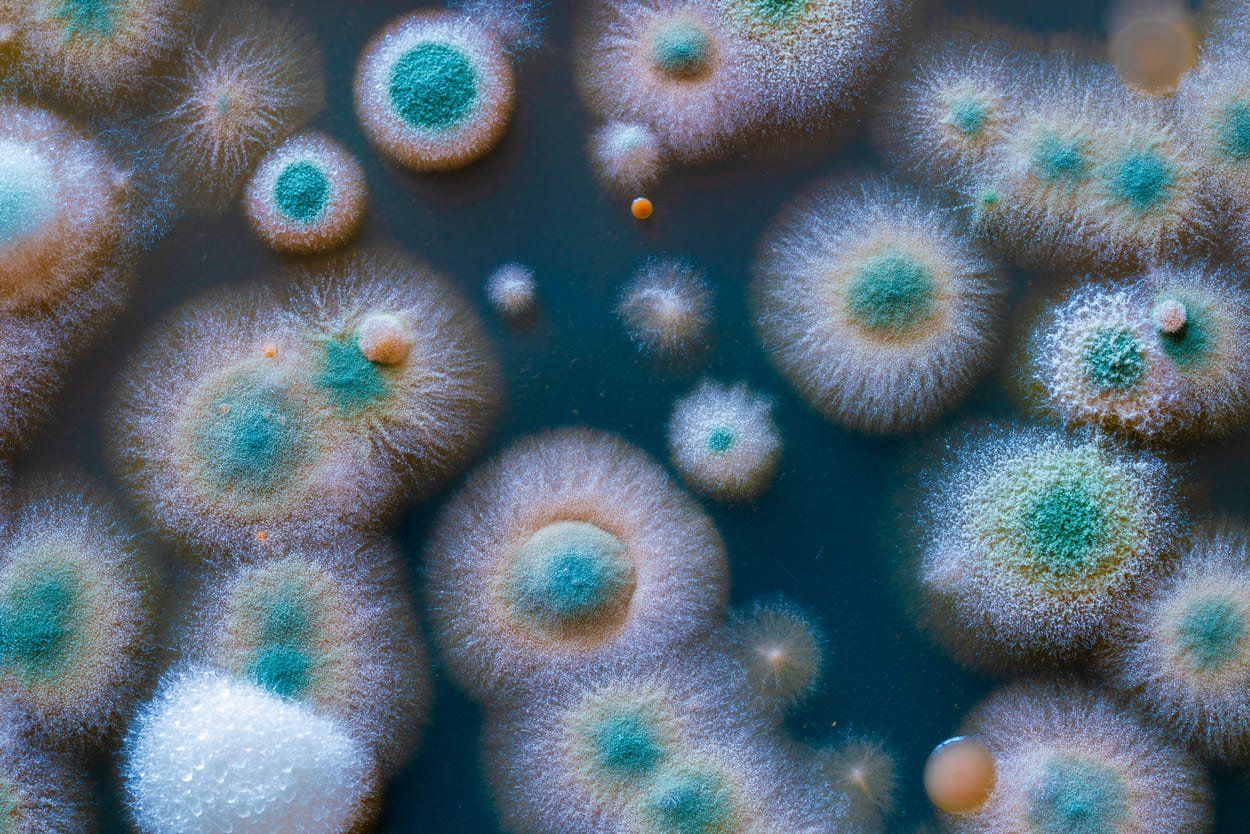
🕵🏻♂️ Contact Certified Mold Testing - You can't Beat Mold!
🕵🏻♂️ We are Certified to work with ALL major insurance companies
🕵🏻♂️ Licensed, Bonded, Certified, and Insured
🕵🏻♂️ Latest Technology and State of the Art Equipment
🕵🏻♂️ Live communication - no robots
🕵🏻♂️ Personal Service - Owner Operated
🕵🏻♂️ Available 24 hours a day, 7 days a week
🕵🏻♂️
IICRC, CCMI, CRMI, CMR, CMO, PMII Certified Firm
866-973-3161
GET A MOLD INSPECTION TODAY
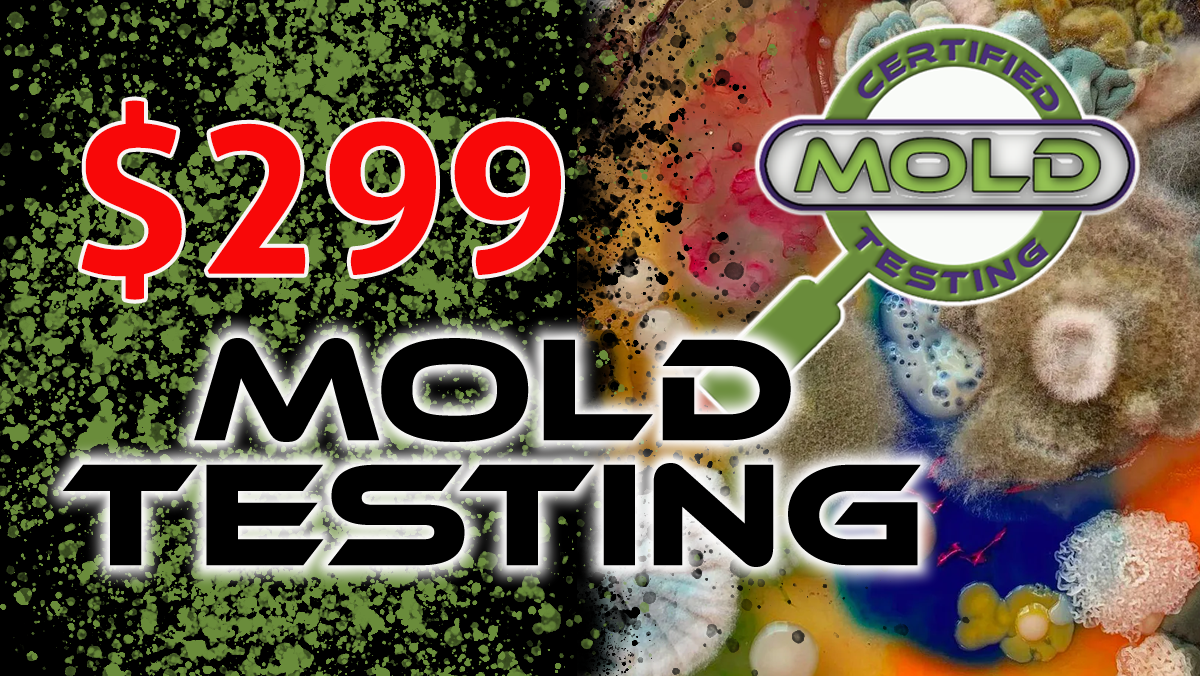
Our $299 Mold Testing Includes!
- In Depth Mold Inspection Includes 2 lab samples
- Full Report W/Detailed Remediation Procedure Recommendations
- Next Day Testing Available Results within 48 hours (same day available)
- Certified Mold Remediator
- Certified Mechanical Hygienist
Certified Mold Testing near me
After our Mold Inspection, If we find mold, the next step will be to gather evidence in the form of lab tests from the air and surface mold tests.
We take two different types of samples, which include, air samples and surface swab samples. Air samples taken with spore traps are very useful for detecting mold in hidden areas such as behind baseboards or walls. Once these samples are taken, they are compared to a baseline taken from an outside source, making it possible to determine if your building is within safe legal binding levels.
By knowing what is considered a normal mold count for any given area, we can then determine if your situation is safe or if you need mold remediation. If mold is clearly visible, we can simply use Surface swabs. Surface swabs are recommended since several types of mold, including black mold are very toxic and can cause great illness, especially to those with breathing problems or compromised immune systems.
Before mold testing is done, a mold removal professional should do an in-depth inspection. A mold test may not be needed and a mold inspection could save you a few hundred dollars in wasted money.
It is also important to remember that not all molds are dangerous, even though some types of mold are toxic. Many common types of household mold are non-toxic and do not require any special cleaning methods. A standard simple mold test can determine if the mold you are experiencing is dangerous or if it is something you can clean yourself.
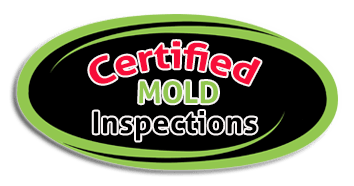


Air Testing: a sample of indoor and outdoor air should be taken. This procedure is called Air Sampling. Air Sampling tells what the levels of airborne fungi are in the indoor and outdoor environment.
A building with no mold contamination should have about the same amount of fungi present in the air as the surrounding outdoor environment.
The Air-O-Cell operates upon the principle of inertial impaction. Particulate laden air is accelerated as it is drawn through the cassettes tapered inlet slit and directed towards a small slide containing the collection media, where the particles become impacted, and the air flow continues out the exit orifice. The adhesive
nature of the collection media prevents the collected particulate from blurring or being washed off during the laboratory staining process, and eliminates sample loss from vibration during handling and shipment.
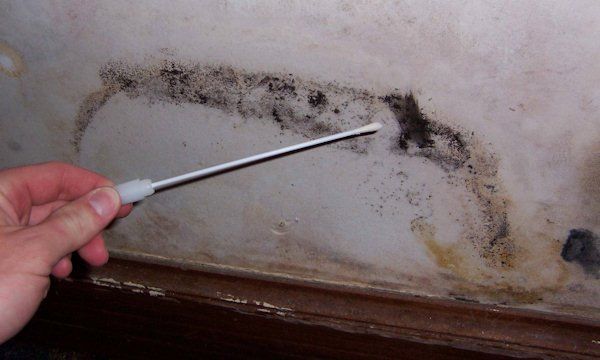
Using a cotton material swab to wipe the surface to be tested. After touching one to three surfaces in the same location, the swab is sealed in a container and sent to microbiology laboratory for examination. Swab testing is generally used to detect mold and determine what type of mold are present. This test is not typically designed to identify mold spore count
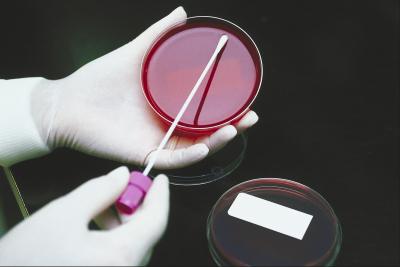
The technician places a Bulk piece of contaminated material into a test tube or sample container. The lab then does a breakdown of the molds resent and the spore counts of each.

The technician bores a small hole into the wall cavity to insert a tube to extract air for a test specific to an affected area.
866-973-3161
GET A MOLD INSPECTION TODAY
MOLD Types
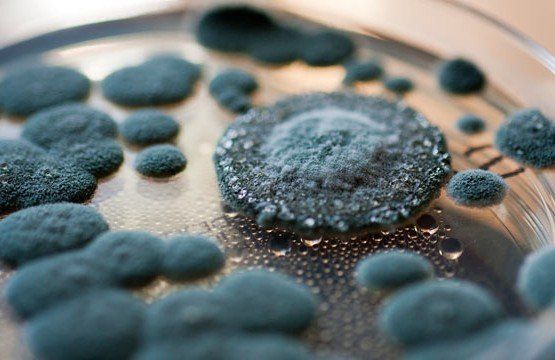
Stachybotrys is also known as the nefarious “black mold.” It is a toxigenic type of mold that can also cause allergic reactions. Stachybotrys mold is dark greenish or black in color and has a slimy texture. Stachybotrys thrives in damp, wet areas with high humidity levels that maintain these environmental conditions for weeks. It is known for growing on cellulose material such as woods, drywall,cardboard, paper or wicker.
Stachybotrys is sometimes called “toxic mold” because it produces mycotoxins that may cause severe health problems to those who have been exposed to it. Stachybotrys exposure symptoms include difficulty breathing, sinusitis, fatigue and even depression. Dull aches and pains in the mucous membranes of the sinuses is common among sufferers of black mold exposure. If you’ve been exposed to stachybotrys you may also experience burning sensations in your airways, a tightening in the chest, persistent cough, nose bleeds, fever and painful headaches.
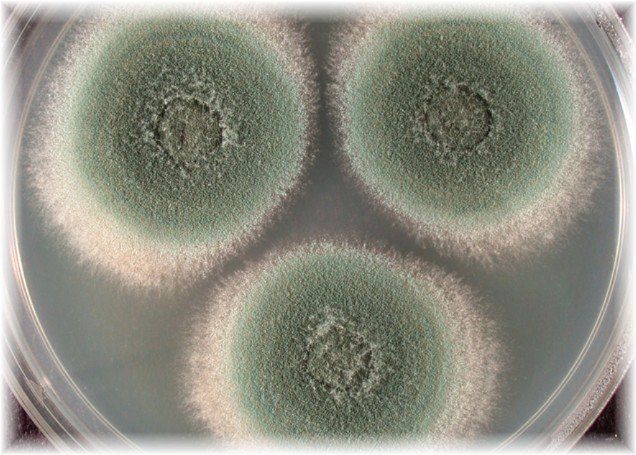
Aspergillus is a common mold found in American households. It has long flask-shaped spores that can form thick layers or walls of mold. This creates long chains of mold growth on surfaces. Because there are over 185 species of aspergillus mold, it can appear in many different colors.
Aspergillus is an allergenic mold, but it is also capable of becoming more toxic depending on the species and the environment affected. It can lead to symptoms such as asthma attacks, lung infections and respiratory inflammation. Certain aspergillus mold species are capable of producing aflatoxins, a known and deadly carcinogen.
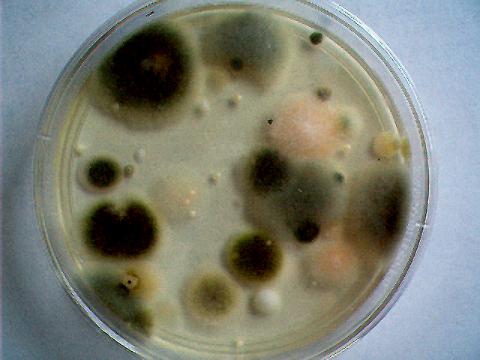
Alternaria is the most common form of allergenic mold in the world. It’s a velvet-textured mold with dark green or brown hairs. It typically grows wherever dampness occurs. In homes, this is commonly in showers, bathtubs, and below leaking sinks. Alternaria is also a common mold species that appears as a result of water damage to a home or building.
As an allergenic mold, alternaria causes asthma-like symptoms including in the upper respiratory tract, nose and mouth. Because it spreads quickly, it’s important to remediate alternaria mold immediately before it overtakes a home.
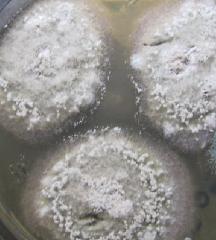
Chaetomium is a mold commonly found in water damaged homes and buildings. Chaetomium has a cotton-like texture and usually changes colors from white to grey to brown and eventually to black over time. Chaetomium mold is usually found in a damp or leaking roof, basement or sink and may be recognizable by its musty odor.
Chaetomium mold causes health effects such as skin and nail infections. In some cases, it can produce mycotoxins that are especially dangerous in individuals with compromised immune systems. Because it grows in chronically moist conditions, it is important to repair the cause of water damage in your home. This means you need to be aware of where to find it. Chaetomium mold can grow in places such as your roof, basement foundation or leaky pipes. Cutting off the moisture problem at the source will prevent this mold type from returning repeatedly.

Cladosporium is an allergenic mold type. It is unique in that it can grow in both warm and cold conditions. It is often found thriving in indoor materials such as fabrics, upholsteries and carpets. It also presents itself under floorboards and inside cupboards. Cladosporium is an olive-green or brown colored mold with a suede-like texture.
Cladosporium typically causes allergic reactions to the eyes, nose, throat and skin. Exposure to cladosporium causes skin rash and lesions, asthma, lung infections and sinusitis. While not considered to have toxic properties, cladosporium should not be handled directly due to its potential for causing skin and lung irritation.
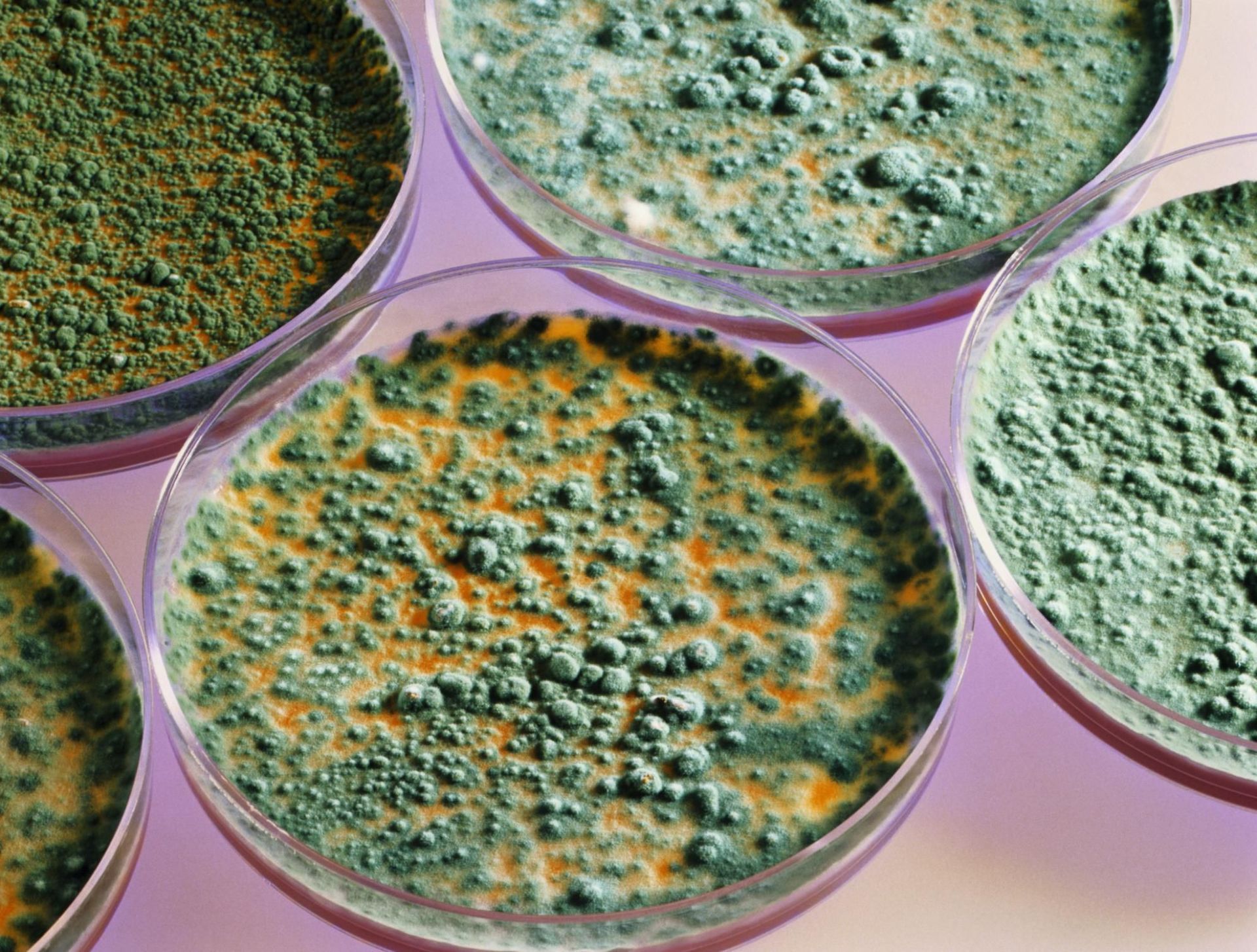
Penicillin is an allergenic form of mold. It is easily recognizable by its characteristic blue or green colored surface with a velvety texture. Penicillin mold is often found in water damaged homes and buildings. It is found in materials such as carpets, wallpapers, ducting and even in mattresses. It spreads quickly from one area of the home to the next.
Unfortunately, though penicillin is responsible for important antibiotic production and food processing capabilities, it is also the cause of terrible respiratory conditions when it grows indoors. Penicillin spores can easily become airborne and travel throughout the home and can be inhaled by occupants, including pets and children.
Penicillin exposure can cause pulmonary inflammation and asthma. When exposed to it for a longer time it can lead to chronic sinusitis. People with immune disorders shouldn’t be exposed to penicillin as a penicillin infection can worsen symptoms and lead to further health complications.
Because penicillin mold growth is commonly associated with damp and moist areas, it is critical to remedy any household leaks or water damage as soon as possible to prevent penicillin from recurring and spreading throughout your home.
Don't Delay! Mold growth could cause serious health issues!
These are just some of the insurance companies we work with!
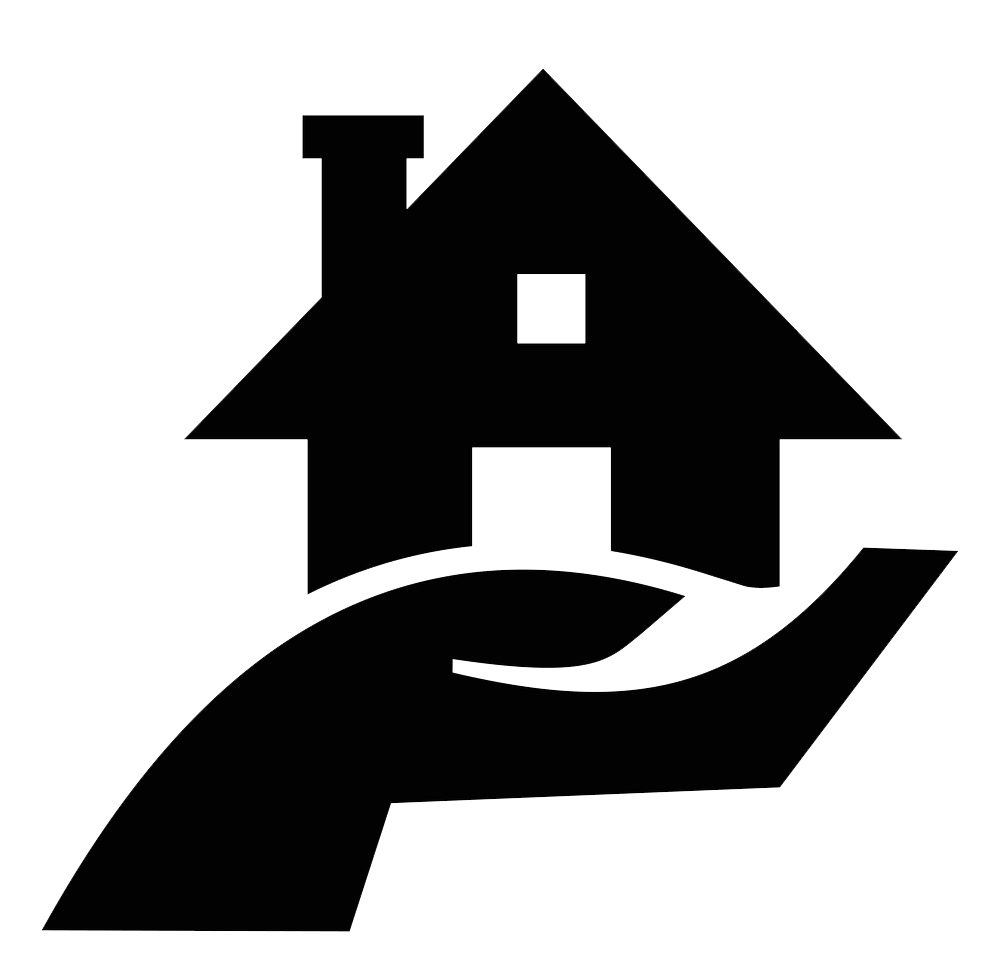

866-973-3161
GET A MOLD INSPECTION TODAY
Mold Testing and Real Estate
When working with real estate, it's important to use a Certified Mold Inspector. We provide Certified Mold Testing for Real Estate home sellers. Mold Certification has become more important in today's market for real estate transactions. Mold is an important factor when buying or selling a house, and most mortgage companies are now requiring that properties be certified before a mortgage or a refinance can be issued.
Real Estate Mold Certification can be a great guarantee for sellers when selling a house. A mold inspection done by a certified mold inspector gives buyers peace of mind and helps to secure financing with the mortgage company, ultimately protecting the investment and the home, and minimizing the risk involved with mold.
Serving the state of Florida
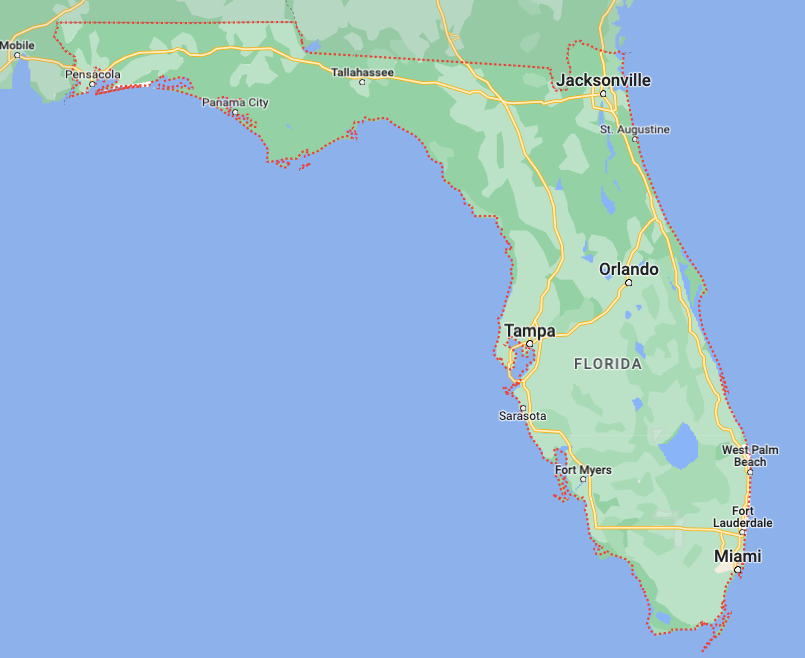

866-973-3161
GET A MOLD INSPECTION TODAY
Follow Us






